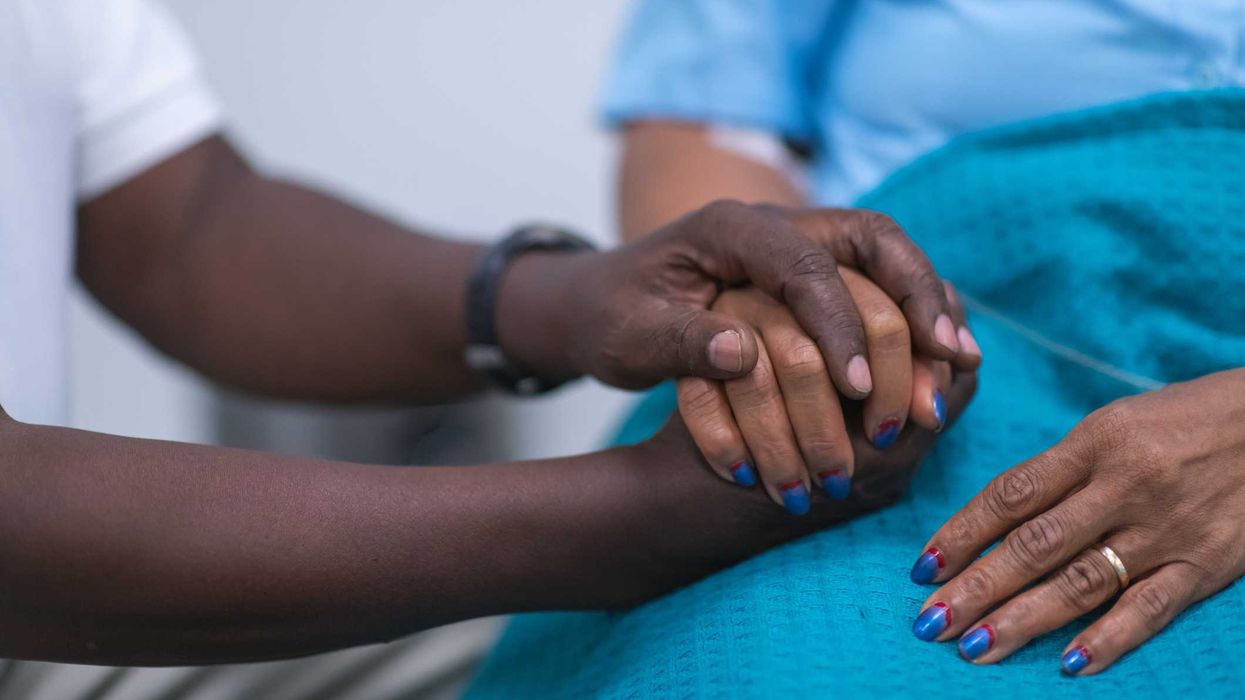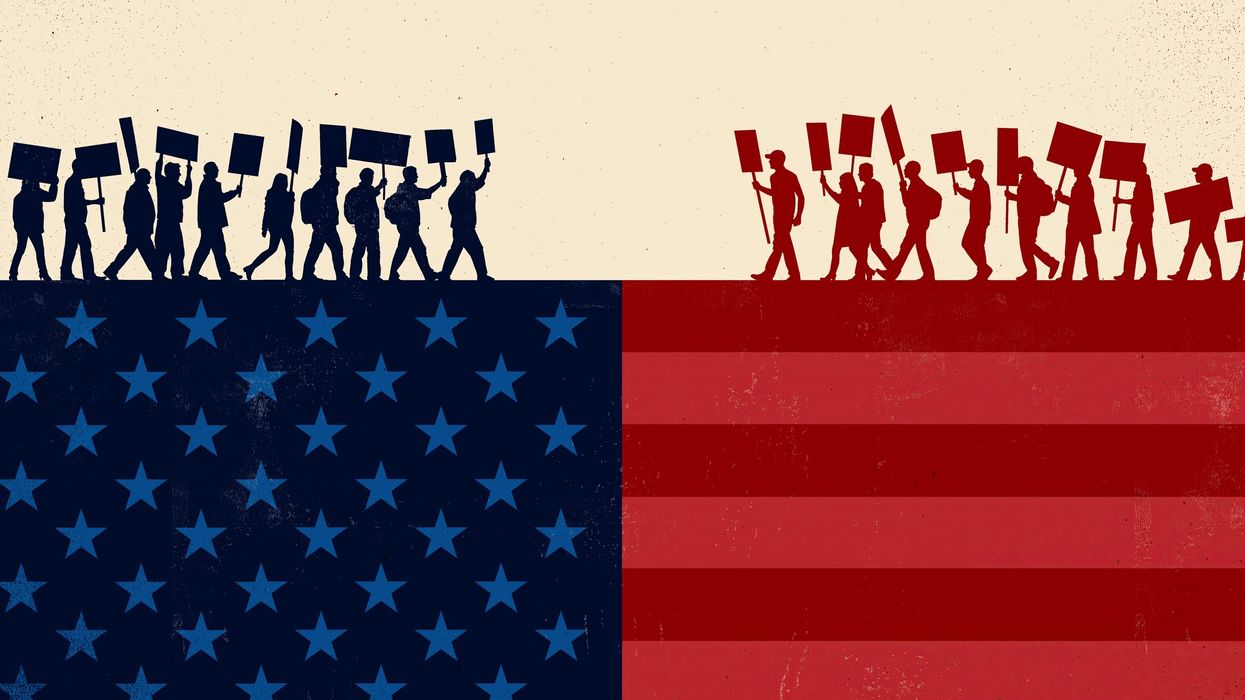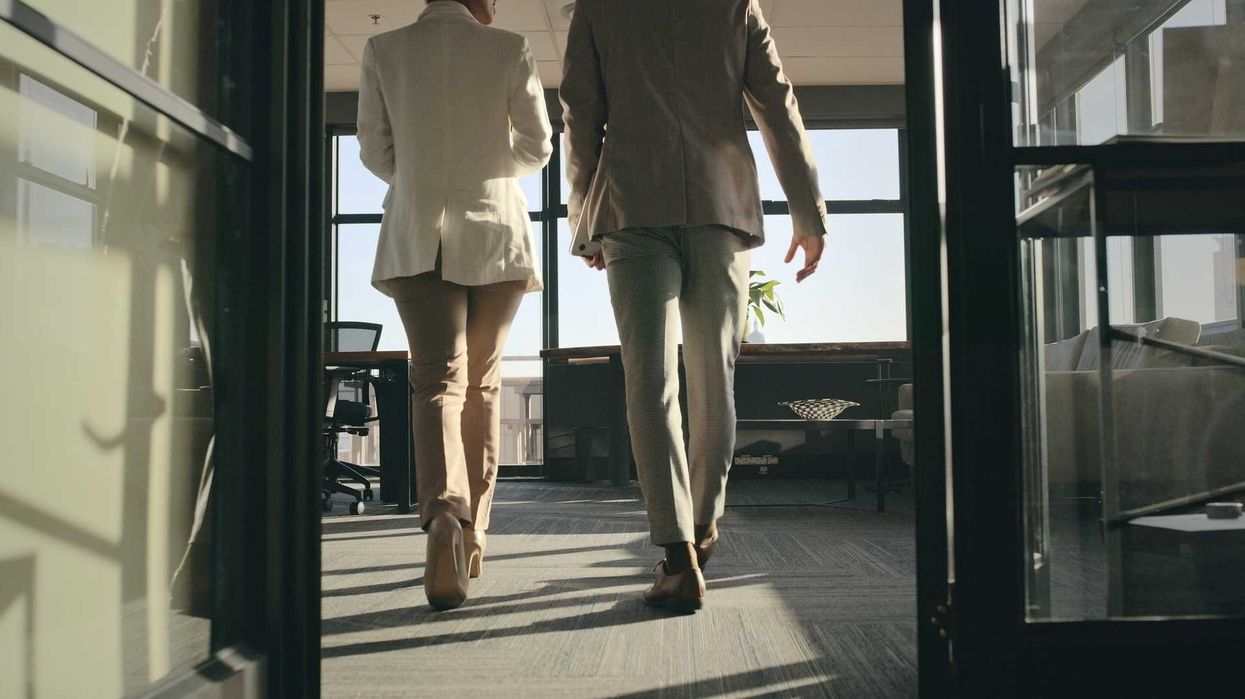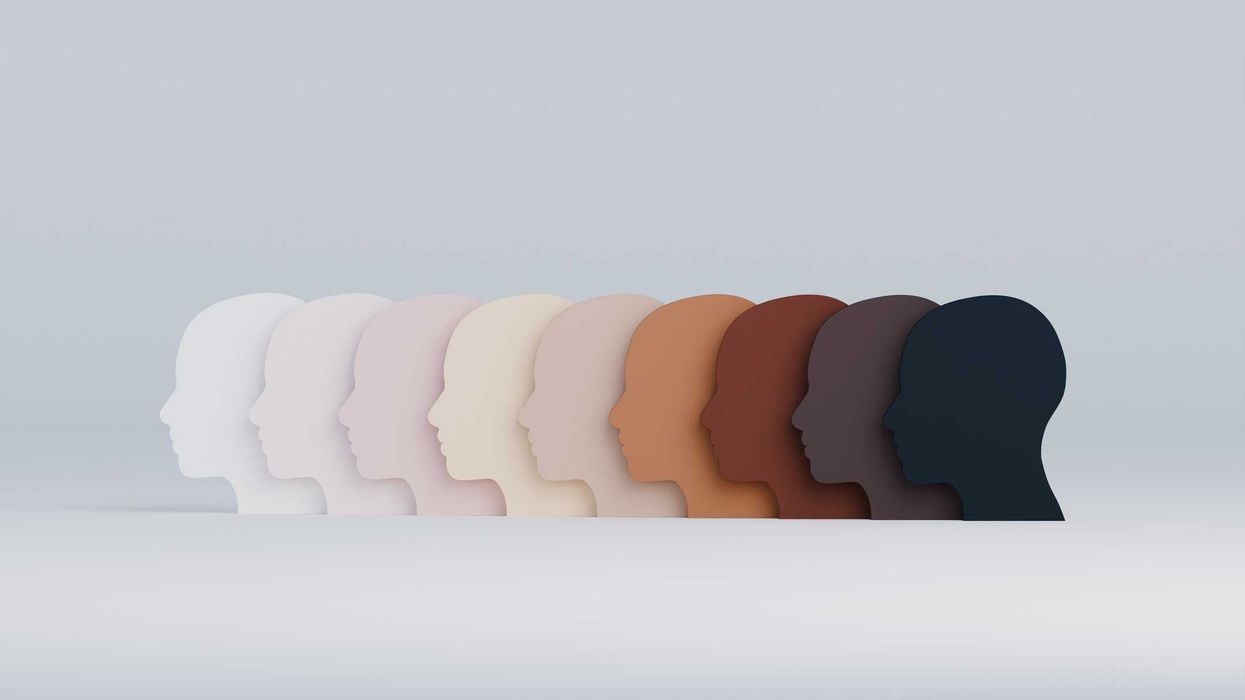Raised on Chicago’s South Side, I’ve learned that survival is spiritual. My Creole and Trinidadian ancestors labored under systems that were never designed for their flourishing.
Today, as a healer and organizer, I see those same systems manifested in closed schools, subpar health clinics, vacant buildings, and a widening wealth gap. This is a truth in many cities around the country.
Research from 2025 shows that white Chicagoans still live almost a decade longer than Black Chicagoans. This is the reality in many areas of the country, as a 2024 study showed that the life expectancy gap between white and Black Americans had doubled to 20.4 years by 2021, partially explained by COVID-19 deaths. Chronic diseases such as heart disease, diabetes, and cancer, along with drug addiction, gun violence, and infant mortality, top the list of contributing factors.
Earlier research shows the COVID-19 pandemic delivered hard truths, including the stark reminder that inequitable conditions, such as homelessness, unemployment, and poor education, truly determine who lives and who dies.
The health gap and higher mortality rates begin at birth. Research shows that in major cities across the country, including New York, Detroit, St. Louis, Cincinnati, Cleveland, Philadelphia, Nashville, and Memphis, the Black infant mortality rate is 10.9 for every 1,000 infants, which is “two to three times larger than that of other racial and ethnic groups.”
Searching for root causes of disinvestment, death, and desolation in Black neighborhoods, many point fingers right back to the Black community and the social determinants of health.
As a former infectious disease epidemiologist, the state of life for Black residents of six major U.S. cities—including Chicago, where I live—is triggering. As a Black mother, the words of the late Margaret Burroughs, poet, artist, and organizer, crying, "What do I tell my children who are Black?" resonate deeply.
From 2007 to 2020, I rose before dawn and buckled my two children into the family car, carrying them 18 miles away to the Lakeview neighborhood from our disenfranchised block in Roseland—not because I wanted to but because I absolutely had to if I wanted my children to acquire a competitive education.
I was tracing the path my own mother blazed when she uprooted us from the city to the south suburbs in search of classrooms that didn’t simply enroll young Black bodies but gave them a better education.
Too many are forced into these impossible choices: affordable rent or decent schools; staying in your zip code or quietly borrowing someone else’s address because moving isn’t an option.
This is not a privilege that many white families living in more upscale zip codes must trade on. It is a stark truth: Black mothers shoulder the burden of navigating a system designed to deny their children the chance to thrive.
While gathering information for my self-care grant project that examined the disproportionate number of Black and Latine women who are on the frontlines of care in the most disinvested neighborhoods, it struck me how unexceptional my story was.
The education game was just one factor. Many Black and Latine women were jumping through similar hoops; holding up entire communities, heading community-based organizations, and leading initiatives while choosing between Zoom calls and parent-teacher meetings, doctor appointments, and board meetings.
The research findings pulled me back to some very hard truths. Inequitable conditions undergirded by systemic racism are alive and well. Also, the path of survival moving forward is a spiritual, uphill battle that requires tremendous support and investment.
Additionally, in almost every thriving society, women are the heartbeat, nurturing the children, tending to elders, and binding together the fragile threads of kinship and community.
When women are perpetually on the front lines of care, holding up entire communities and organizations with little support, working long hours while juggling household responsibilities, and absorbing the traumas of their communities, experience and research show exhaustion becomes endemic.
Burnout manifests not just as personal fatigue but as a systemic fracture: school meetings missed, meals skipped, relationships strained. A society that treats its women as disposable labor—rather than co-architects of its future—sows its own decline.
Investing in the wellness of women, and giving them the resources to heal and the space to lead, isn’t indulgence but the foundation of a loving, resilient community—and nation.
The questions that haunted me for years about the state of the most vulnerable communities of color galvanized me into action. For over 25 years, I’ve hosted sister circles and women’s gatherings, from bonfires to dinner parties to celebrate solidarity and healing. It is one person making her best attempt at change. More is needed.
Systemic change and direct investment that honors the labor of women of color is urgently needed—not just in cities and urban areas but everywhere disinvestment thrives. Philanthropists, advocates, and policymakers need to fund programs and initiatives that center wellbeing and leadership.
There must be equitable housing, quality schools within all urban neighborhoods, healthcare that heals rather than harms, and economic policies that close the wealth gap.
It is critical to share resources and power so that underserved communities are no longer forced to choose between survival and hope. Supporting the healers among us is not charity. It’s an investment in the resilience and future of the entire nation.
Pilar Audain is the Director of Truth, Racial Healing and Transformation Greater Chicago (TRHTGC) and holds a seat on Chicago’s Reparations Task Force. She is a Wellness Coach and founder of the nonprofit organization Wrap Your beYOUty Movement (WYBM) for women and girls.


















